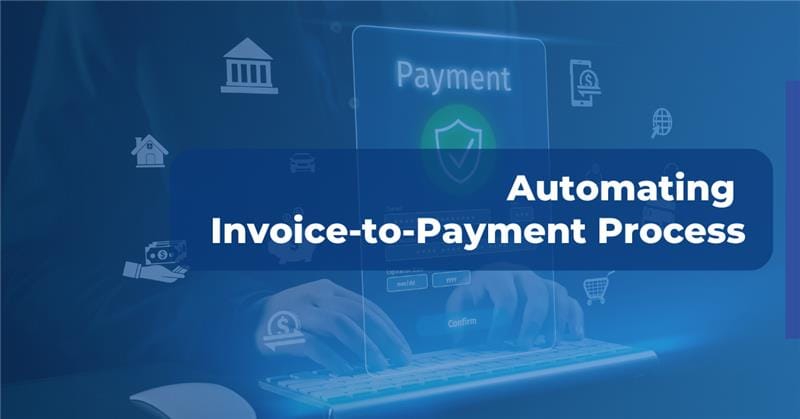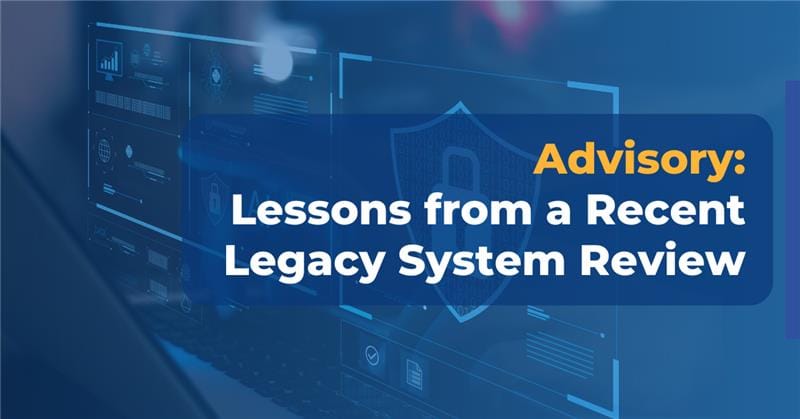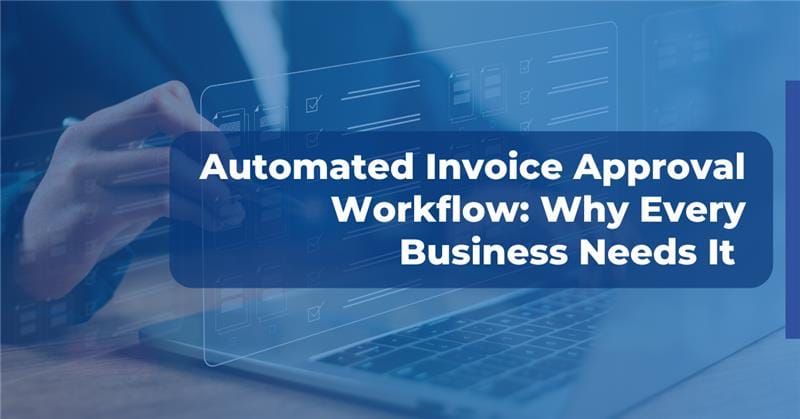Account Reconciliation is the process of comparing two sets of records to ensure that the balances in both records match. It is done to ensure financial records’ accuracy and completeness and identify any discrepancies that may require further investigation and adjustments. Typically, there are five types of reconciliation: bank reconciliation, customer reconciliation, vendor reconciliation, inter-company reconciliation, and business-specific reconciliation.
The process of Account Reconciliation is vital as it helps detect errors and fraud, improves financial reporting, and gives better insights into a company’s cash flows and performance, better compliance, and clean audits. It helps the company manage its liquidity better and more efficient cash management, directly affecting its working capital requirements. Also, it avoids penalties or interest costs due to late payments and helps to receive collections on time. Another fundamental value of a timely reconciliation is to free up their debtors’ credit limits, enabling them to generate more orders or pay early and avail of early payment discounts.
Let’s take a look at this simple account reconciliation process

1. Selecting Accounts and Timeframes for Reconciliation
Determine which accounts need to be reconciled and the period for which the reconciliation will be performed. E.g., accounts may need to be reconciled for a month (1st to 30th/31st) or a quarter (1st Jan to 31st Mar)
2. Identifying Accounts, Timeframes, and Collecting Reconciliation Records
Get all the records needed for reconciliation in a single place, such as bank statements, open invoices and debit notes, unadjusted credit notes, remittance advice(s) received, etc.
3. Matching Accounting Records with External Sources and Invoices
Compare the records in the accounting system, like the open invoices, credit notes and debit notes, to the records from the external source, i.e., the bank statements for credit receipts and the remittance/payment advice received from debtors. This involves identifying the debtor from the credit received in the bank statement. Post identification, match the amount with the payment amount mentioned in the remittance advice received from the debtor/debtor’s bank. If these amounts match, match the invoices and debit/credit notes with the accounting system records.
4. Handling Discrepancies, Deductions, and Disputes
At times, there could be discrepancies due to manual mistakes or deductions by the debtor. Deductions could be due to regulations, e.g., withholding tax (WHT/TDS) or other reasons such as price variance, short delivery, etc. (Learn here more about deductions). Some of these deductions are genuine, and some seem incorrect/invalid. In such cases, record the discrepancy and investigate. In case of an invalid deduction or error on the debtor’s part, a dispute must be raised with the debtor sharing/asking for supporting documentation.
5. Adjusting Records and Resolving Discrepancies
Once the cause of the discrepancy/deductions is identified and sorted internally or with the debtor, make necessary adjustments to the records to ensure they match.
6. Finalizing and Signing Off on Reconciliation Report
Once the necessary adjustments have been made and checked for reconciliation with the records to ensure the closing values match, the process is finalized by signing off on the report.
7. Reviewing Recon Report and Implementing Follow-Up Actions
Review the recon report and take necessary follow-up actions, such as correcting errors or reengineering internal procedures to prevent future discrepancies/deductions.
Today, corporates deal in multiple products and have immense complexities built around them, not to mention the high volumes of invoices. Also, the data received from debtors are in their proprietary formats, which makes life difficult for the Finance team to interpret and reconcile. However, help is at hand as many technology players today use Artificial Intelligence/Machine Learning to provide solutions that can automate the reading of the debtor data in whichever format and match the different inputs to expedite reconciliation.
For more info visit: http://globalpayex.com/ar-solutions/algoriq/
For a demo on automated reconciliation using AI – [email protected]





























